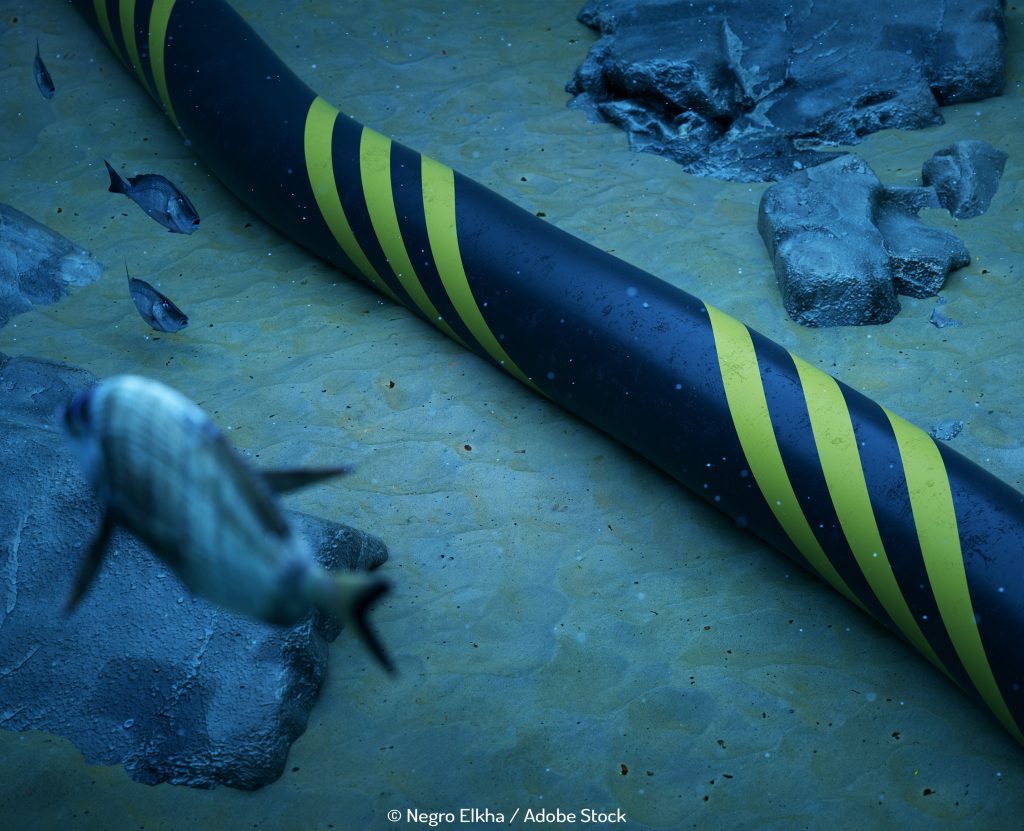The diversifying energy landscape
‘’I met farmers unable to produce a harvest because the growing seasons had become so unreliable, and heads of state in African countries unable to plan their infrastructure development because of the impacts of floods and storms.”
The push to develop more efficient and effective renewable energy sources is all about equality across the nations and generations. While some question why we should act now when the ramifications of not doing anything will only be unavoidable in a couple of hundred years’ time, most understand that it is our responsibility to hand over a future that actually has a future.
Take Southeast Asia where it is predicted energy demand will grow by more than 80% over the next 20 years. While there is an undeniable amount that fossil fuels can do, the potential in renewable energy sources has yet to be fully realised. The area has 18 times Asean’s current energy demand but only 5.5% is being exploited. From both an economic and environmental point of view diversifying the energy mix makes sense. Increasing energy supplies without increasing greenhouse gases is crucial for the region, as is investing in technologies which are resilient to the adverse effects of climate change. It is imperative that across the world energy planners and policymakers find ways to support industries which have vital employment and economic impacts, while protecting the environment which has its own vital employment and economic impact.
There is a fight back in the green sector at the moment against a perception that going green means going into the red. In the annual British Columbia Clean Energy Conference the industry leaders focused their messages to tackle this myth. “Everyone is concerned about jobs. No one is going to be able to instantly say we’re going to get off fossil fuels, but as we make the transition to more clean electrification, we’re going to see jobs added,” says Paul Kariya with Clean Energy BC. Kariya says if BC meets clean energy targets by 2025 and 2050, it could mean thousands of new jobs. Phasing out the oil-sands sector would worry people engaged in work there but economist Dr Gordon Laxer says the majority of these are in construction. He argues, perhaps somewhat idealistically, “You could take those construction works and I’m sure they’d be much happier living in their home communities retrofitting buildings, building LRT or building inter-city trains.”
Often the butt of jokes, people across the world are looking to Canada with the election of the Liberal government and an inspiring Justin Trudeau as Prime Minister. He captured headlines last week by responding to a question about why half his government were women, by saying “Because it’s 2015” and now the country has a climate change minister. Catherine McKenna has already promised it will be a constructive player in the upcoming UN climate talks in Paris. This is being seen as a new era for Canada. McKenna told CBC, “We need to be ambitious and I’m ready to get down to action. This is why I got into politics: to make a difference. I have three kids and this portfolio could not be more important to their future.” Back in BC – Vancouver has committed itself to using 100% of its energy from renewable sources by 2050.
The renewable market offers opportunities to people that are unavailable in the fossil fuel market. Energy production can be decentralised – stakeholders can be citizens, farmers and small business owners – and this empowers communities. We’ve seen in the UK how many people bought into installing solar panels, and in Germany around 5.4bn Euro was generated in 2012 through locally owned renewable projects. 100,000 jobs were created.
It’s easy to take energy for granted, but a quarter of the world’s population live without electricity – around 1.6bn people. Renewable energy can change that. The district of Kasese in Uganda, around 130,000 homes, typically uses charcoal, firewood and kerosene for cooking and electricity. By 2020 the local government will meet the needs of these homes through wholly renewable sources. It will be doing it through a people-centered approach, using biomass, solar, geothermal and mini-hydroelectric technologies. Already business growth in the last three years has rocketed – from 5 to 55 green companies, and 1,650 people are come through training.
That’ll tug at heart stings but let’s face facts. I all that was needed was evidence that something helped people who were in need there wouldn’t be people in need. Investors like cold, hard facts before parting with cold, hard cash. And they want that cash back and bigger. So the latest report from the International Energy Agency has been widely welcomed. It’s got a reputation for downplaying but it’s predicting renewables could account for more than a quarter of generation by 2020. As one analyst put it, the projections matter because the IEA influences investment. If people see that renewables aren’t going to be the main thing, they’re more likely to put their money elsewhere.
The IEA report concluded by saying, “Driven by a stronger embrace of the energy security, local pollution, and climate benefits, cumulative renewable power growth over 2014-20 could be 25% higher than in the main case forecast.” If Kasese didn’t get the pocketbooks open, there’s little doubt this will.


